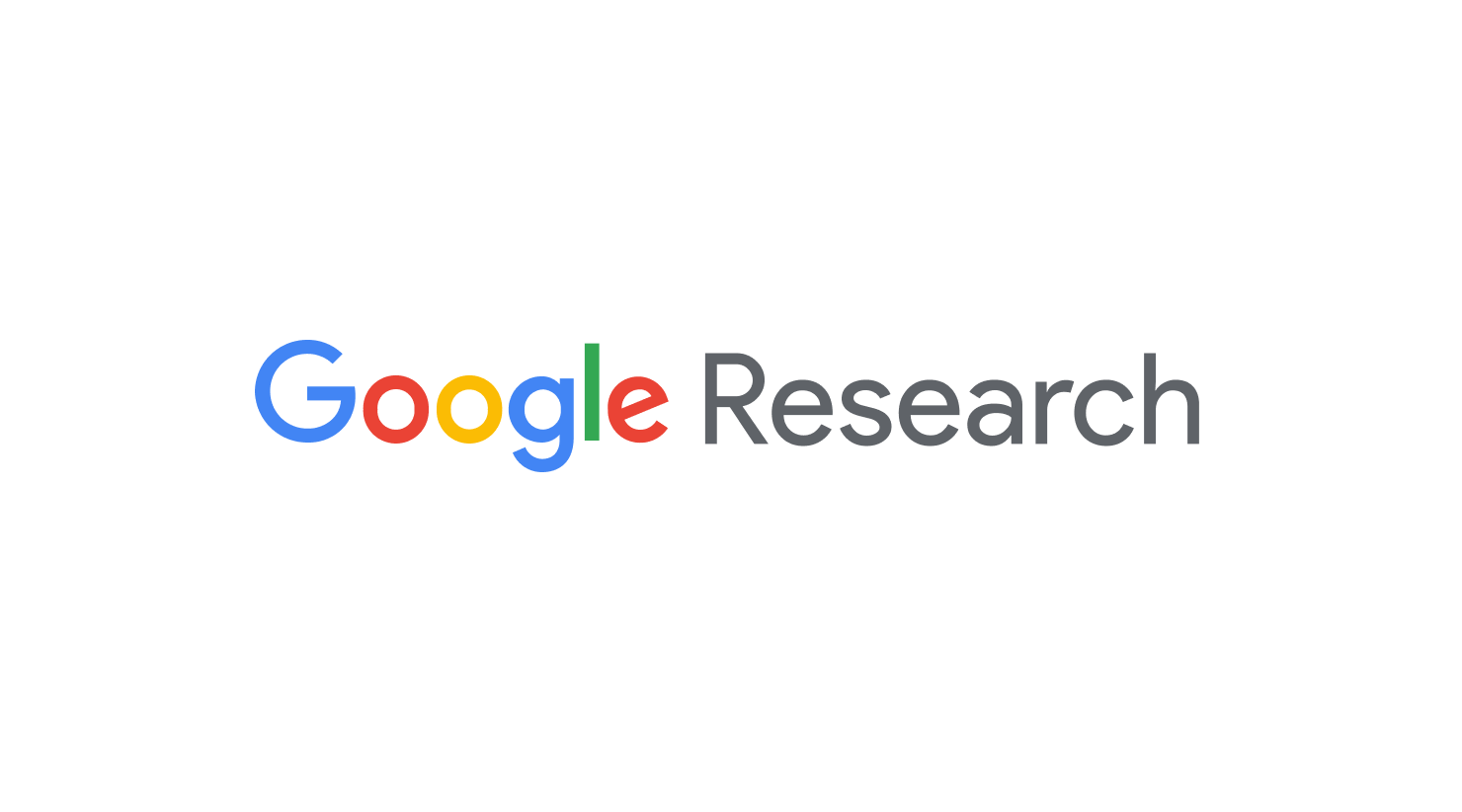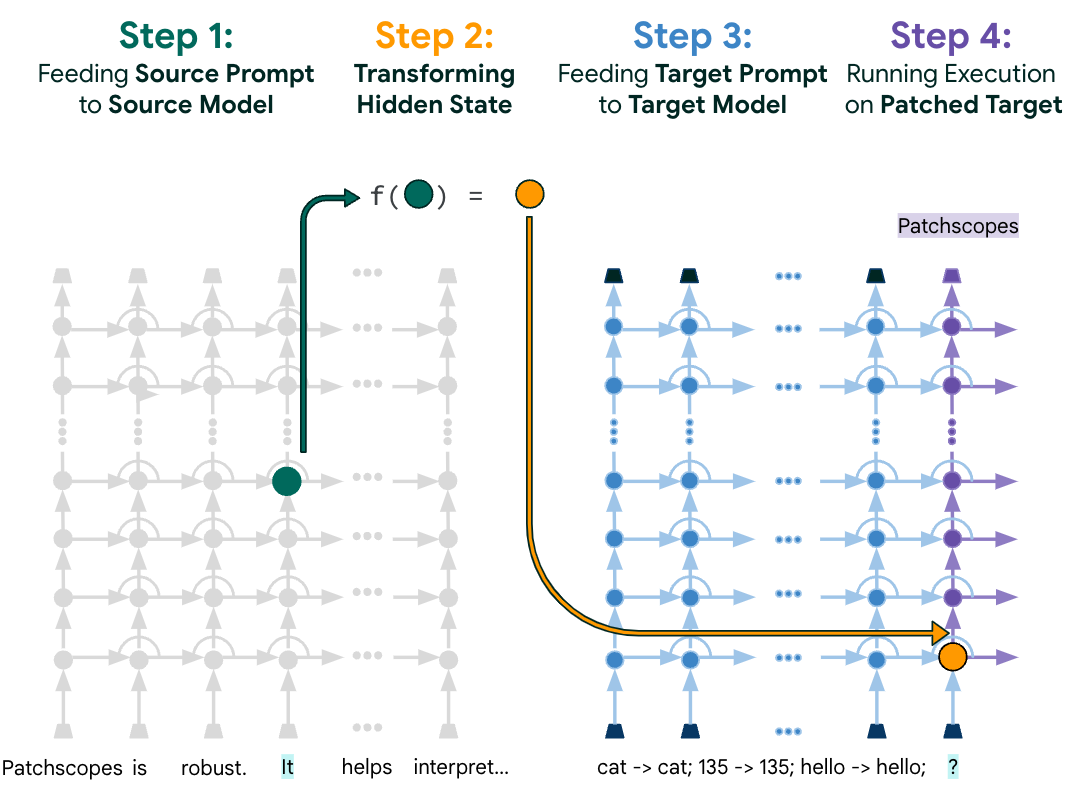
Making Healthcare Data Work Better with Machine Learning
March 2, 2018
Posted by Patrik Sundberg, Software Engineer and Eyal Oren, Product Manager, Google Brain Team
Over the past 10 years, healthcare data has moved from being largely on paper to being almost completely digitized in electronic health records. But making sense of this data involves a few key challenges. First, there is no common data representation across vendors; each uses a different way to structure their data. Second, even sites that use the same vendor may differ significantly, for example, they typically use different codes for the same medication. Third, data can be spread over many tables, some containing encounters, some containing lab results, and yet others containing vital signs.
The Fast Healthcare Interoperability Resources (FHIR) standard addresses most of these challenges: it has a solid yet extensible data-model, is built on established Web standards, and is rapidly becoming the de-facto standard for both individual records and bulk-data access. But to enable large-scale machine learning, we needed a few additions: implementations in various programming languages, an efficient way to serialize large amounts of data to disk, and a representation that allows analyses of large datasets.
Today, we are happy to open source a protocol buffer implementation of the FHIR standard, which addresses these issues. The current version supports Java, and support for C++, Go, and Python will follow soon. Support for profiles will follow shortly as well, plus tools to help convert legacy data into FHIR.
FHIR as the core data model
Over the past few years, as we’ve been partnering with academic medical centers to apply machine learning to de-identified medical records, it became clear that we needed to address the complexity of healthcare data head-on. Indeed, for machine learning to be effective on medical data, we need a holistic view of what happened to each patient over time. And as a bonus, we want a data representation that is directly applicable in a clinical setting.
While the FHIR standard addresses most of our needs, making healthcare data substantially easier to manage than “legacy” data structures and enabling large-scale machine-learning independent of vendors, we believe the introduction of protocol buffers can help both application developers and (machine-learning) researchers use FHIR.
Current release of protocol buffers
We’ve taken care to make our protocol buffer representation suitable for both programmatic access and database queries. One of the provided examples shows how to upload FHIR data into Google Cloud BigQuery and have it available for querying, and we are adding other examples that upload directly from bulk data export. Our protocol buffers adhere to the FHIR standard (they are in fact auto-generated from it) but make for more elegant queries.
The current release does not yet include support for training TensorFlow models, but keep an eye out for future updates. We aim to open-source as much as possible of our recent work, to help make our research more reproducible and applicable to real-world scenarios. Furthermore, we are working closely with our colleagues in Google Cloud on more tools for managing healthcare data at scale.
Acknowledgements
We enjoyed great discussions and helpful feedback from the FHIR community, including Grahame Grieve, Ewout Kramer, Josh Mandel and others. Thanks to our colleagues at DeepMind, the Google Brain team and our academic collaborators.


